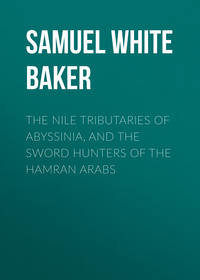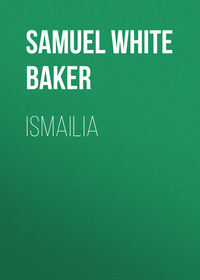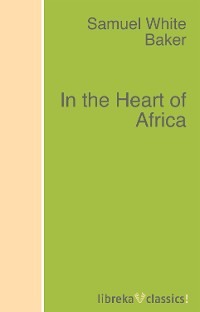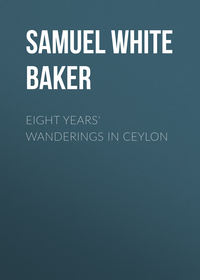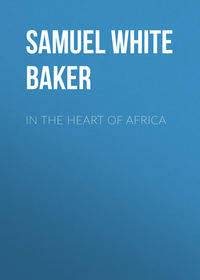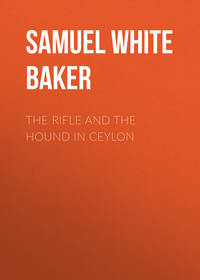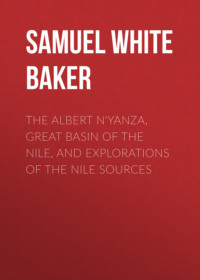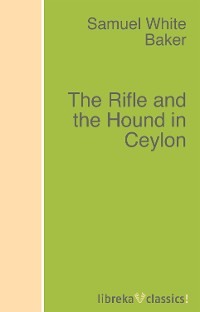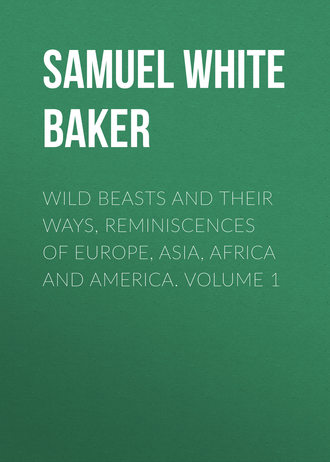 полная версия
полная версияWild Beasts and Their Ways, Reminiscences of Europe, Asia, Africa and America. Volume 1
I cannot understand why persons who reside in India neglect the assistance of dogs for the various kinds of hunting. Bull terriers would be invaluable for tracking up a wounded tiger or bear, and the latter might be hunted by such dogs even without being wounded. At any rate, well-trained dogs would be of immense assistance, but I have never seen them used. During the cool season of Central and Northern India the climate is most favourable, and the dogs could work during the hottest hours of the day without undue fatigue. Mr. Sanderson set the example some years ago, and had some interesting hunts; he describes the Ursus labiatus as rendered powerless, in spite of its great strength and activity, as one bull terrier invariably seized it by the nose; this is the most sensitive part, and easy to hold, as it is long, and connected with a projecting upper lip, which is almost prehensile in this variety. His experience proved that three dogs were sufficient to hold any bear, as the claws, although dangerous to the tender skin of a man, were too blunt to tear the tough but yielding hide of the dog.
There are two other varieties of bears in the continent of India, the black (Ursus Thibetanus) and the brown, both of which are confined to Cashmere and the Himalayah range. I have had no personal experience of these animals, therefore I do not presume to offer myself as an authority; but from the accounts I have received from those who have hunted them successfully, they are much the same in their habits as the average of their species.
The dangerous character of bears, in like manner with all other animals, was accredited at a time when breechloaders and high velocities were unknown, but with a '577 rifle and 6 drams of powder, or a No. 12 spherical and 7 drams of powder, I cannot conceive the possibility of escape for any bear or other creature below the standard of a buffalo, if the hunter is a cool and steady shot. The conditions of this theory will include a solid bullet, not a hollow projectile dignified by the term "Express."
I will conclude this notice of the bear with an example of the failure of the hollow bullet, '577 Express, fired by a native gentleman, Zahur al Islam, when shooting with me in the reserves of Singrampur in the Central Provinces last winter.
We were driving for any kind of animals that the jungle might produce, and, being on foot, we constructed the usual little hiding-place by cutting half through a sapling about 3 feet from the root, and bearing down upon the young tree so as to form a horizontal rail in front of our seat; a similar cut at the back of another sapling about 3 inches thick, facing the stem already laid, and that was also pressed down to interlace with the branches of the prostrate tree. This makes a screen which can be rendered still more opaque by the addition of a few green boughs.
The grass was parched to a bright straw colour, and was about 4 feet high. As the beaters approached, a bear rushed forward and passed within 15 paces of Zahur. He fired; the bear emitted a short growl and passed on.
I assisted in tracking this animal by the blood upon the grass. Zahur described the shot he had taken as oblique; as the bear had passed him, therefore the bullet must have struck either the hindquarters full, or the thigh.
We found a teak tree about 14 inches in diameter covered with small pieces of flesh resembling sausage-meat, for a height of 6 feet from the ground. The yellow grass at the foot of this tree was covered with blood, and many minute fragments of flesh adhered to the leaves. Searching the place carefully, we picked up two pieces of bone covered with blood; these were very thick and strong, the larger fragment being 2 1/2 inches in length and 1 inch in width, evidently pieces belonging to the upper portion of the thigh.
After tracking the wounded bear for about 200 yards through the high grass and jungle, we came to a tolerably deep nullah, where we expected to find the animal lying down. Instead of this, we discovered another large piece of fractured thigh bone, which proved that the hollow Express bullet, although '577, had broken up upon striking the bone, instead of penetrating throughout the body. The muscles of the thigh and the bone had been shattered to atoms, and the flesh so completely exploded that it had flown in all directions, dispersed in the smallest fragments; nevertheless this bear had gone right away, and was never more seen, although we expended more than an hour in its search, both with men and elephants.
There could not be a more cruel example of the effect of a hollow projectile when striking a bone. If that had been a solid bullet, it would have raked the animal fore and aft, and would have rolled it over on the spot.




